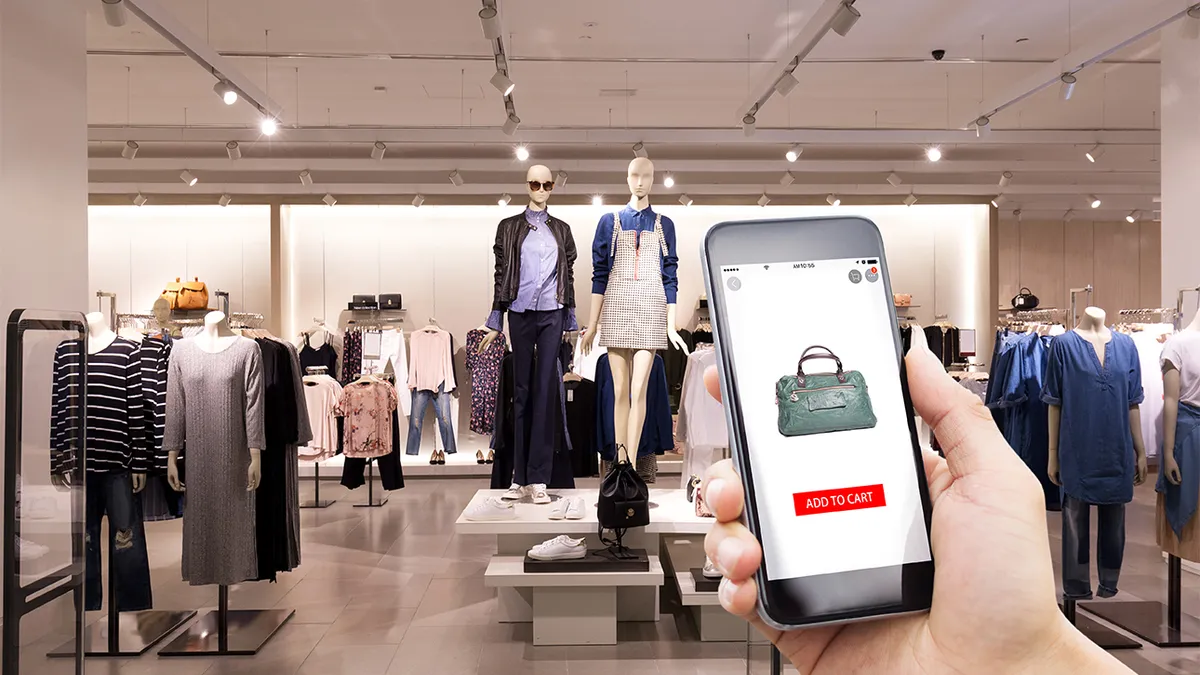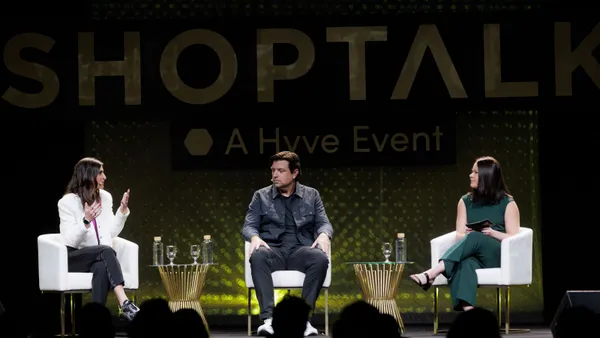Ask any Amazon customer what comes to mind when they think of the trillion-dollar retailer and they’ll quickly cite its ability to serve up choices, convenience and competitive prices. But while all these things are true — and then some — it can be argued that Amazon owes its success to something much more physical: its innovative and aggressive approach to delivery.
“Amazon realized early on the importance of the customer delivery experience,” said Duncan Licence, vice president of product at Metapack. “The strength of the Amazon delivery-and-returns proposition — and the operational execution of the proposition — has been a critical element in the creation of the customer-loyalty machine that has made Amazon the success it is today.”
Since its founding in 1994, Amazon has held its status as thought leader and trendsetter because of its consistent approach to its customer promise. But few retailers understand just how much the brand owes that customer promise to its approach to delivery. Amazon has simply stayed ahead of changes in consumer preferences, using delivery to make sure its customers had access to options, convenience and competitive prices on their own terms.
Amazon’s Delivery Journey
|
Brands Use Delivery to Deliver On Their Customer Promise
According to Metapack research, 66% of shoppers have bought goods from one retailer over another because the retailer provided more delivery choices, and 49% have paid more for better or more convenient delivery options. And that’s just one sign that today’s retail customers have changed. Because, while many customers appreciate a good deal when they find one — and Amazon customers find a lot of them — just as many have found that they are happier when they spend money to save time. This brings delivery options front and center to the omnichannel customer purchase journey.
Brands that follow in Amazon’s footsteps and embrace delivery as a key part of meeting their customer promise are offering more choice and convenience to their customers. That’s why retailers that use delivery as a strategic driver of business success see such significant improvements in customer satisfaction, growth in their existing and new markets, and reductions in the cost to serve their customers.
Here’s how they’re connected:
Offering dynamic delivery options leads to better conversion rates
Retailers find that providing a variety of choices for convenient delivery options at checkout improves conversion and reduces cart abandonment in online customers. In fact, delivery-related options overwhelmingly influence online shopping behaviors: 57% of shoppers rank fast delivery as their #1 or #2 most important consideration, and 42% of shoppers say that slow delivery options will make them abandon shopping baskets on the websites of retailers. This is something figleaves.com, a retailer of luxury lingerie and clothing, found when sales soared after adding locker-service pickup to its delivery options.
Read more about figleaves.com’s experience with adding delivery options
Streamlined delivery options reduce logistics and organizational resources
Many retailers assume that more delivery options automatically means more headaches.
But organizing your delivery options through one platform that provides dynamic allocation automates the process of selecting the optimal carrier that will meet the customer’s preference. It increases the options you offer your customers while decreasing the time you spend managing those options. That’s what ASOS found when the fast-growing fashion-and-beauty retailer struck out to develop an automated solution that could handle delivering its 65,000 products to 230 countries. The company quickly realized cost savings — and grew global sales — by minimizing its operator’s manual intervention and decision-making and reducing communications on pricing and logistics.
Read more about ASOS’s experience with minimizing logistics and operations costs
An integrated shopping and delivery experience leads to higher revenue
A strong delivery-and-returns proposition makes it easy for customers to choose to shop at a retailer again, leading to increased loyalty and lower customer-acquisition costs. London omnichannel retailer John Lewis looked at expanding its delivery options as a crucial way to serve its existing customers in better and more integrated ways. Using Metapack technology, the company established a “Click and Collect” service, which allows customers to shop for more than 200,000 products and have their order delivered at any of 41 John Lewis shops or 317 Waitrose supermarkets — a service that now accounts for more than 40% of its online delivery.
Click here to learn more about John Lewis’s experience with integrating the online and offline shopping experience
Critical Delivery Options
|
Invest in Delivery, Expand Your Business
Creating a customer-centric delivery proposition is complex and time consuming. But Amazon’s success shows that the rewards of getting it right are worth the investment and the risk. Brands and retailers that invest in technology as a primary means of keeping their promise to their customers — and that are willing to view their physical locations as opportunities to reimagine the delivery options they offer to their customers — are the only retailers that will be able to meet the demands of the customer of the future.










